9 flower seeds to plant in February for bountiful summer blooms – with expert sowing tips to guarantee healthy seedlings
Sowing flower seeds in February can be done indoors to extend the growing season and get earlier blooms
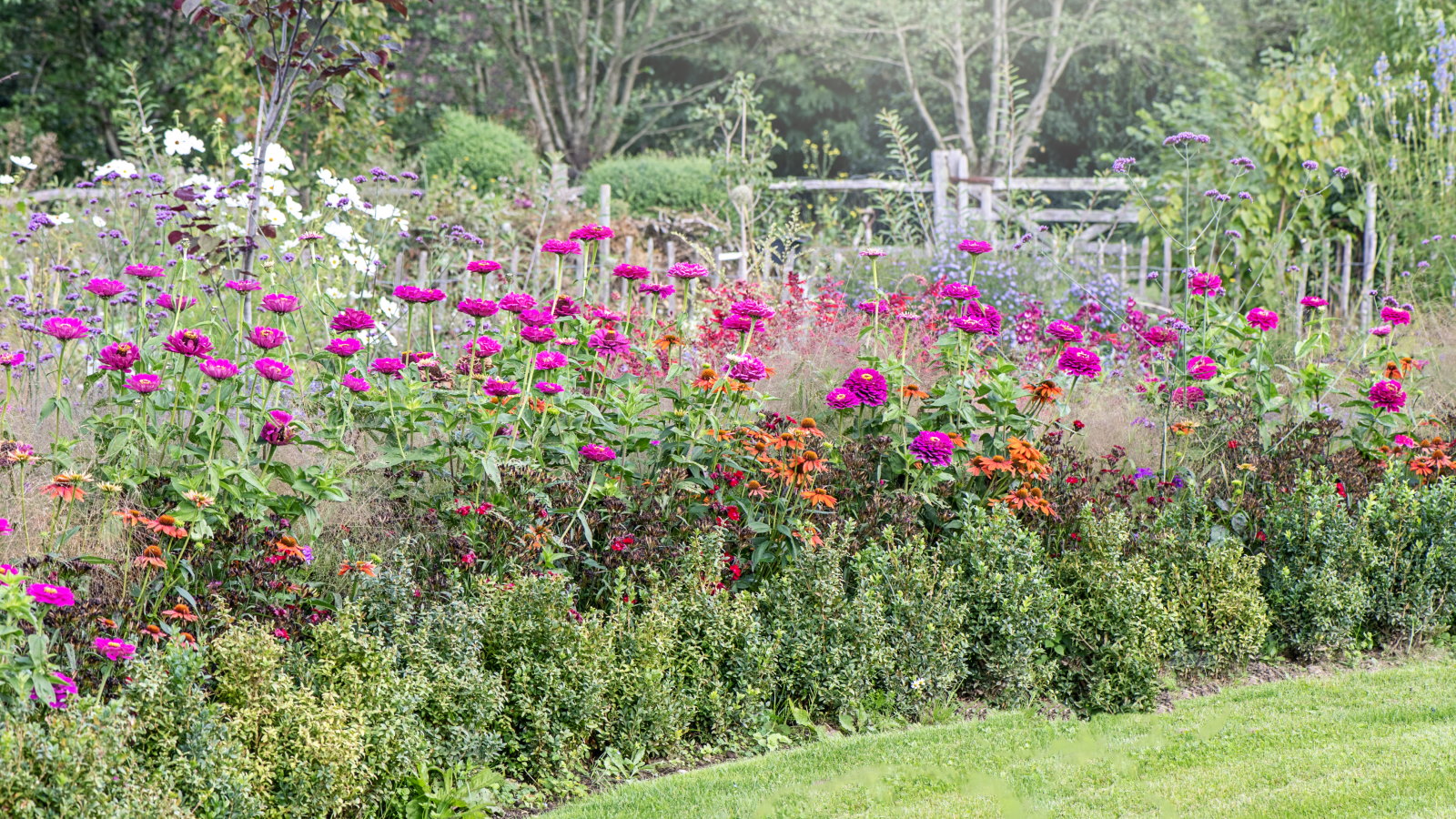

Sowing flowers in late winter is a fantastic way to get beautiful blooms come summer. It is an enjoyable and budget-friendly way to get lots of plants and here are some of the best flower seeds to plant in February.
You can germinate flower seeds in February indoors in a greenhouse or on a bright windowsill in the house. Starting seeds indoors this month means healthy plants ready to go outside after the last frosts and earlier blooms than from outdoor sowings.
This guide highlights some of the best flower seeds to plant in February and includes sowing tips to help you get good germination rates and strong, healthy seedlings.
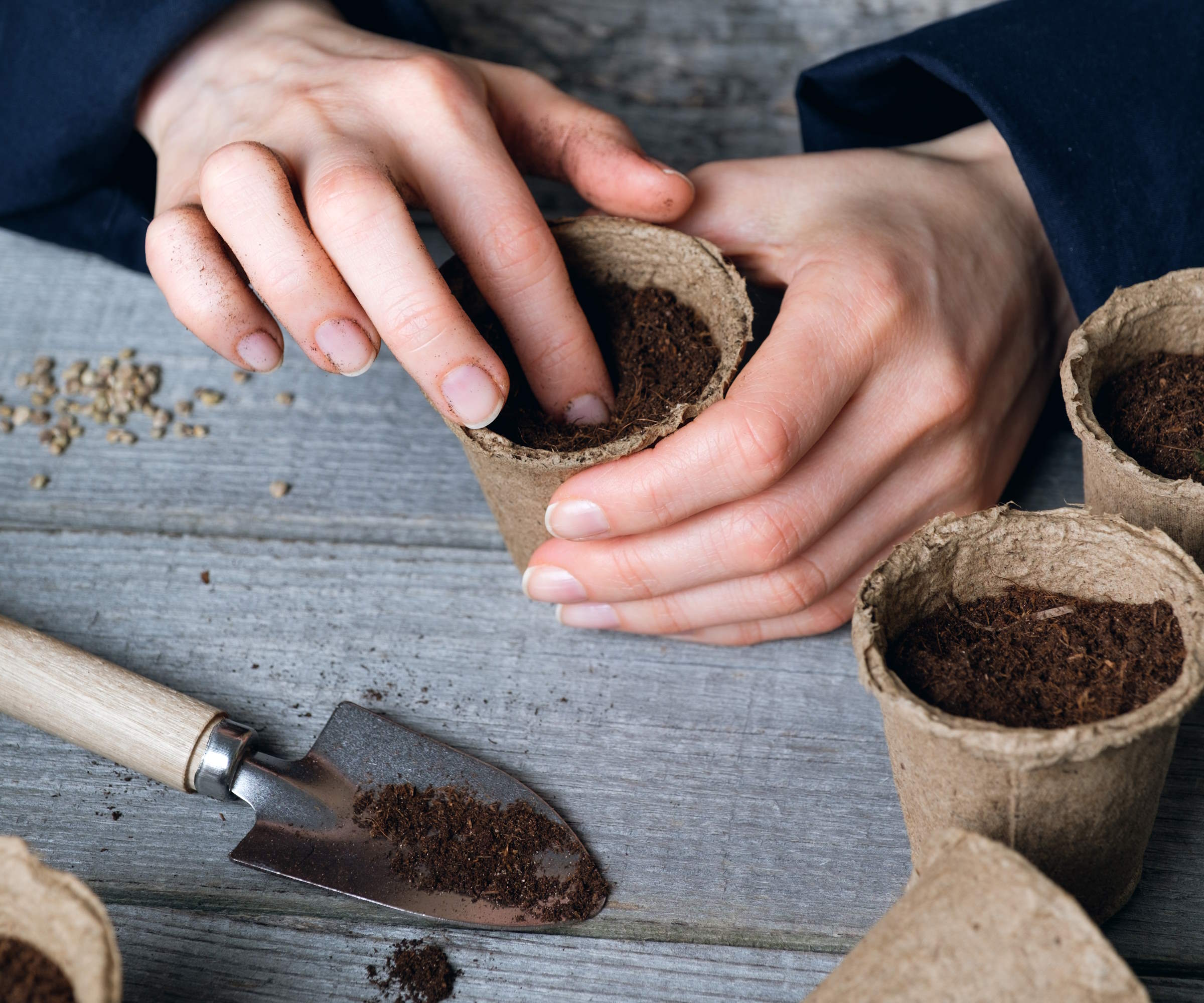
9 of the best flowers to sow in February
Picking which flower seeds to plant in February will depend on your climate and the last frost date for your US hardiness zone. Try to time your sowing so plants are ready at the right time and don’t spend weeks getting rootbound in pots waiting to go outside.
Antirrhinum
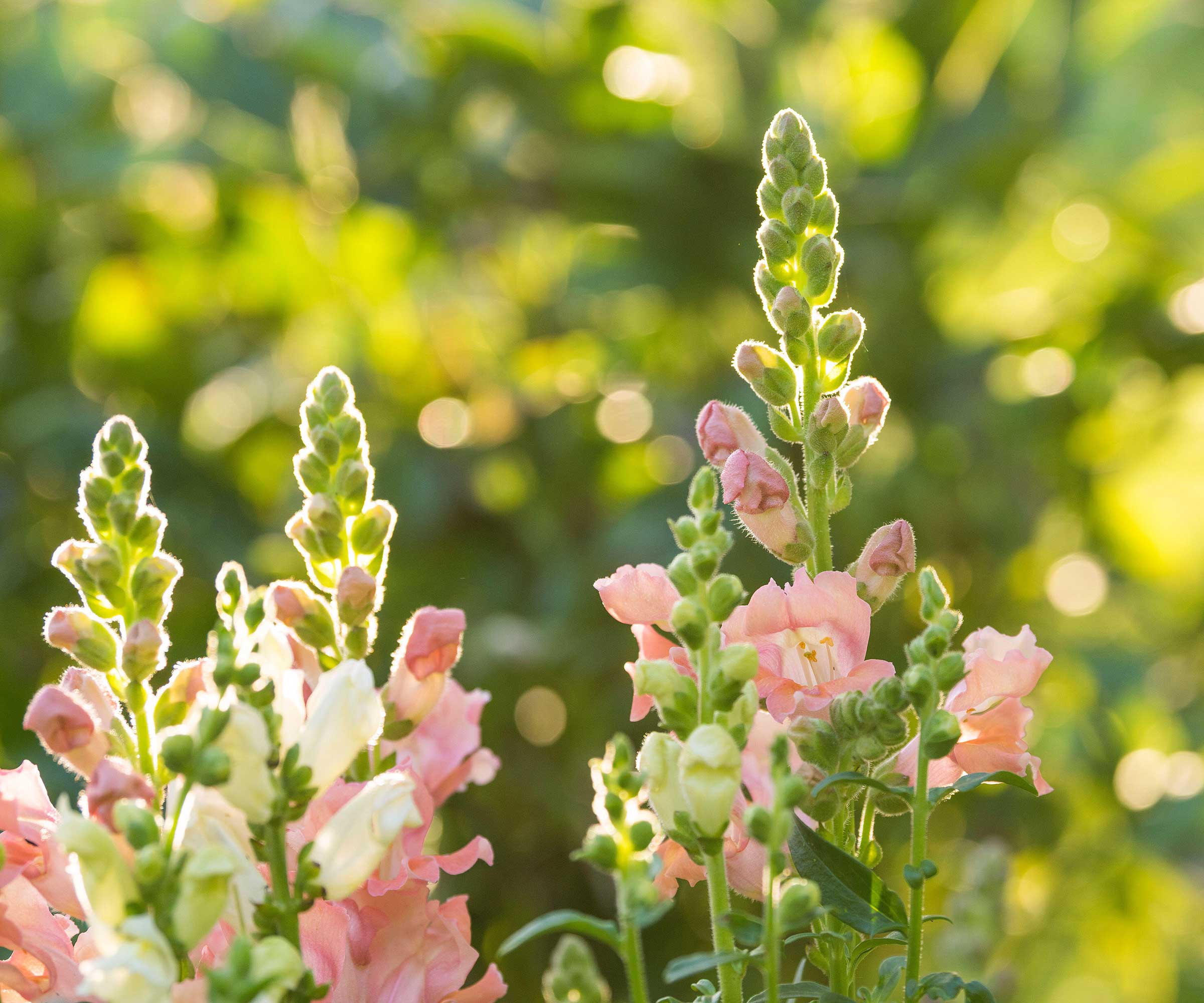
Antirrhinums, also known as snapdragons, are classic cottage garden plants and come in a wide range of shades to brighten your flower beds. They are great flowers to start in February for earlier blooms and it is not just you who will enjoy them, so will the pollinators as antirrhinums are great flowers for bees.
Sow antirrhinum seeds on the surface of compost and do not cover them, as the seeds need light to germinate. Place the container in a propagator or in front of a warm window, where they can enjoy temperatures of 65-75°F. Covering the trays or pots with a clear plastic bag can help boost temperatures if you don’t have a heated propagator.
Pot on seedlings once they are large enough to handle and continue to grow them in a sheltered spot, ready to transplant into the garden once the risk of frost has passed.
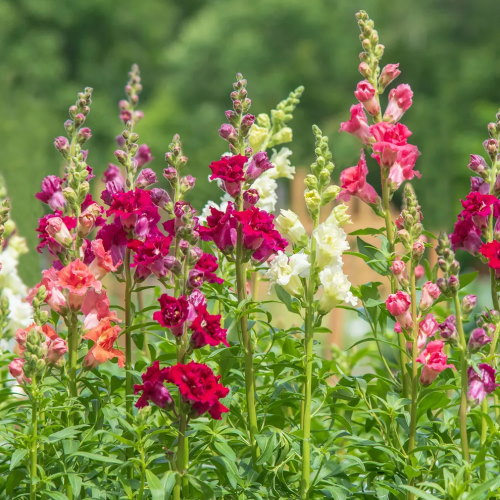
A mix of bronze, ivory, pink, rose, red and yellow ruffled, double-petaled antirrhinum blooms. Perfect to create a stunning bouquet.
Black-eyed Susan

Black-eyed Susan, or rudbeckia, dazzles with bright red, yellow, or orange blooms. These native plants can flower until fall and are great for pollinators. To have strong, robust plants ready to go outdoors once the temperatures rise, start planting black-eyed Susan seeds indoors 5-7 weeks before your last spring frost.
Sow seeds indoors into trays, modules, or pots filled with quality potting soil for starting seeds. Sprinkle the seeds on the surface and then lightly cover with more soil or vermiculite. The seeds want temperatures of 68-77°F and to be kept moist for a good germination rate. Pot up seedlings if required when they are large enough to handle and plant outside after the last frosts.
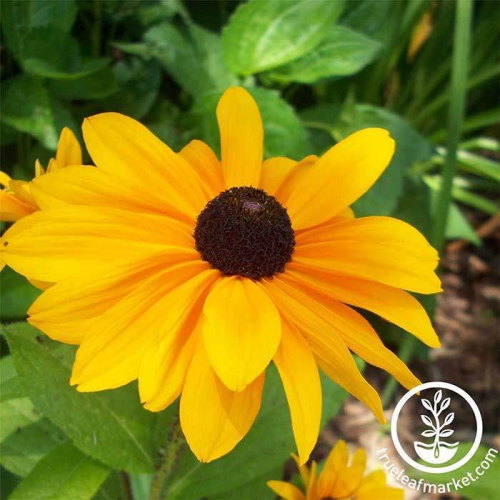
Black-Eyed Susan seeds grow into 12-36" plants, bursting with 2½" blooms of delicate golden yellow petals around a dark center in 80-100 days from planting.
Cape daisy
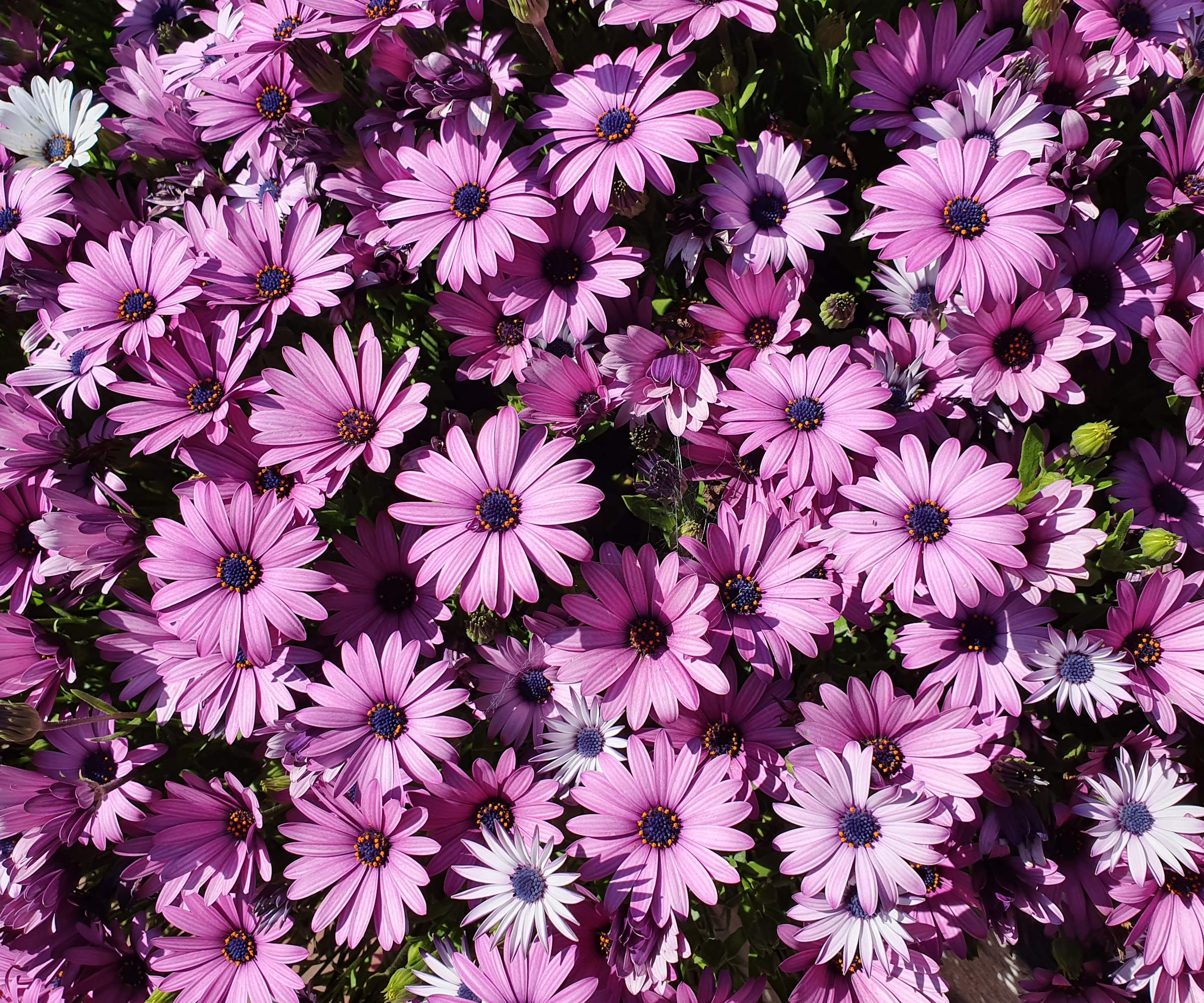
Cape daisy, also known as osteospermum or African daisy, has become a very popular plant. Osteospermum is a great bedding plant, with daisy-like blooms with darker centers that put on a long flowering show from spring to fall. They also make good flowers for pots in full sun and are bright plants for hanging baskets.
Osteospermum seeds are best sown undercover from February onwards, starting the seeds 6-8 weeks before the last frost. Sow the seeds into pots or trays of compost, but only cover them lightly as they want lots of light for germination. Giving them temperatures of 60-70°F will speed up germination.
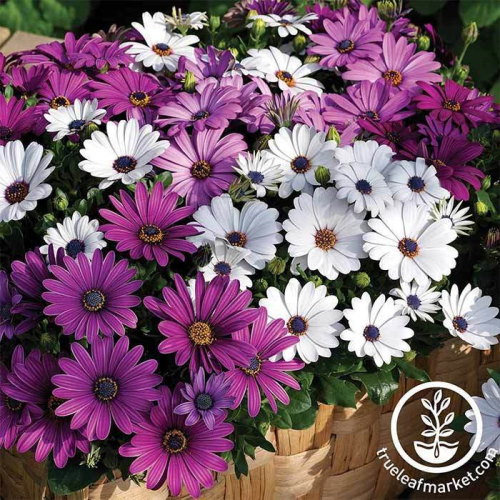
The Asti Series of osteospermum put on a show of white and purple daisy-like blooms on mounding plants.
Cosmos

Cosmos are beautiful and simple annual flowers to grow. These low-maintenance, half-hardy annuals are among the best cutting garden flowers and can be sown indoors 6-8 weeks before the last frost date. Coming in a range of colors, including multi-colored varieties, there can be a cosmos variety for any taste or style among the hundreds of cultivars available.
Plant cosmos seeds into trays filled with seed compost, sowing the long and thin seeds only an eighth of an inch deep in the soil and covering them with more soil or vermiculite. Keep the soil moist, and the temperature around 70-75°F, and the seeds should germinate within 5-10 days. Prick out and pot up the seedlings as required before planting out after the last frosts.
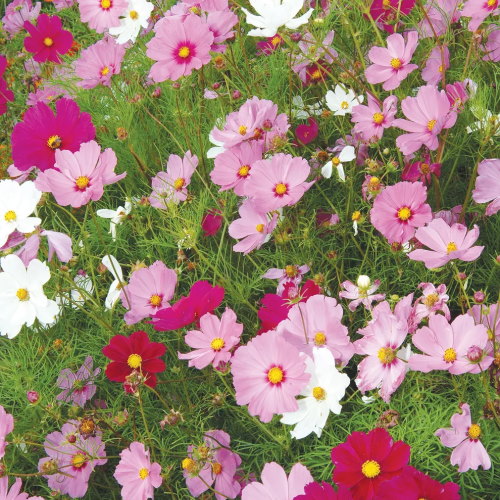
An All-America Selections winner, Sensation Mix has pink, white, and red daisy-like blooms with yellow centers. It is great as a plant for flower borders and cutting.
Honeywort
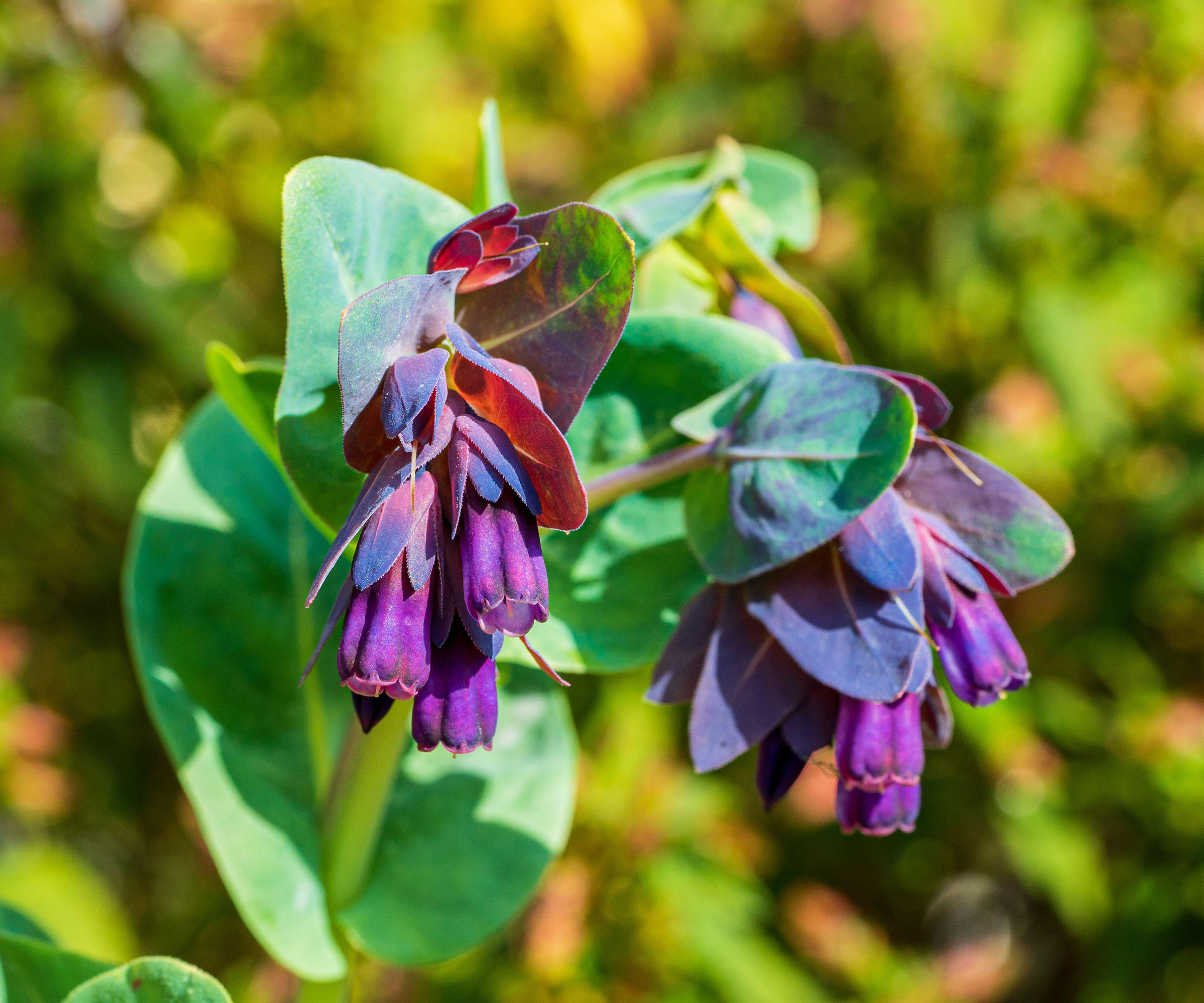
Honeywort, also known as cerinthe, is a fantastic foliage plant. Its silvery green-grey foliage looks stunning, plus the honeywort’s purple bell-shaped flowers are great at attracting many types of bees. Honeywort is also a great plant for a cut flower garden and a self-seeding flower that will return year after year.
Cerinthe is best sown indoors from February to April. Before sowing, soak the tough seeds for 12 hours to help with germination. Sow the seeds half-inch deep in large modules or individual pots filled with seed compost and keep them at 65-75°F.
Using biodegradable pots, such as those available at Amazon, can help minimize root disturbance when transplanting seedlings into the garden.
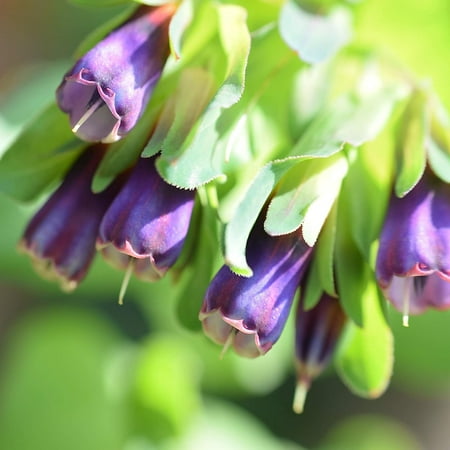
A packet of 100 honeywort seeds to grow nodding, tubular, purple flowers on plants that reach 18 inches in height. Start the seed indoors in late winter or early spring.
Nasturtium
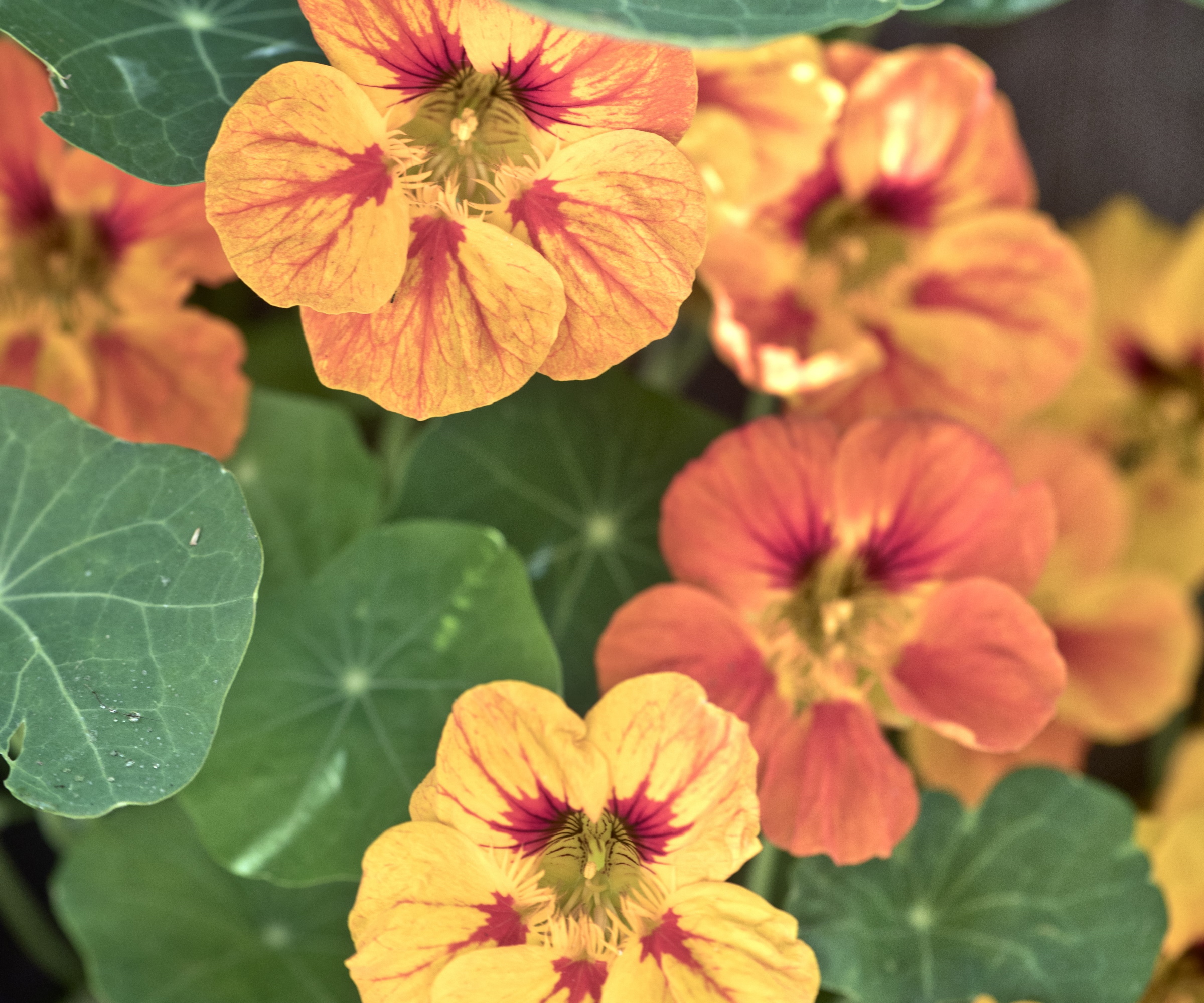
Nasturtiums are multi-faceted flowers to grow. They are bright and beautiful - coming in shades of red, orange, and yellow - and the flowers are edible. Plus, they are great flowers to plant in a vegetable garden to deter pests, so there are many good reasons to grow nasturtiums.
Plant nasturtium seeds indoors in February in cooler climates to have healthy plants ready to plant out in spring. They are one of the easiest flowers to grow from seed, simply sow the large seeds a half-inch deep in seed compost and start them off at a temperature above 55°F in a greenhouse or on a warm windowsill. Keep the soil moist, but not waterlogged, and the seeds should germinate in 7-10 days.

A beautiful variety of nasturtium with bright two-inch yellow, orange, and crimson blooms set against green and white marbled leaves
Salvia
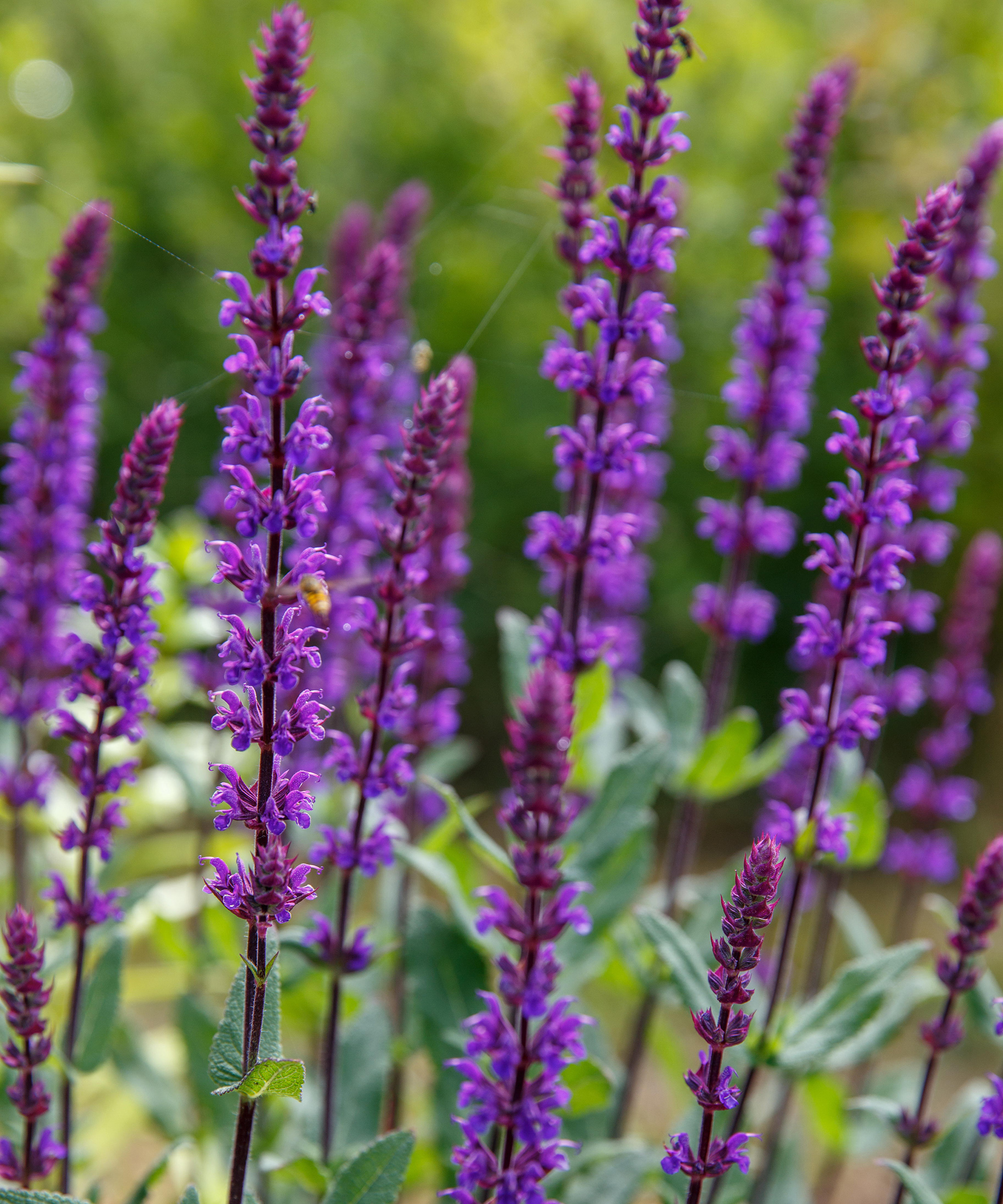
Salvias bring a wealth of summer color to flower beds. Depending on the variety, the display of blue, purple, or pink blooms can last a very long time - making them a great plant for fall pollinators as they can flower from early summer till the frosts get them. You can help guarantee the longest display possible and keep plants looking their best by deadheading salvia throughout the summer.
You can start sowing salvias indoors in late winter, 8-10 weeks before your last frost. Press the seeds gently into trays or modules filled with seed compost, but do not cover them as they need light for germination. Maintaining a temperature of 60-70°F and keeping the soil moist should result in the seeds starting to germinate in 2-3 weeks.
Transplant the seedlings into individual pots once they are large enough to handle and give them a period of hardening off before planting outside after the last frosts.

A packet of GMO-free seeds to grow perennial Salvia Blue Bedder plants. This easy-to-grow variety puts on a fantastic display of rich blue blooms.
Bachelor buttons
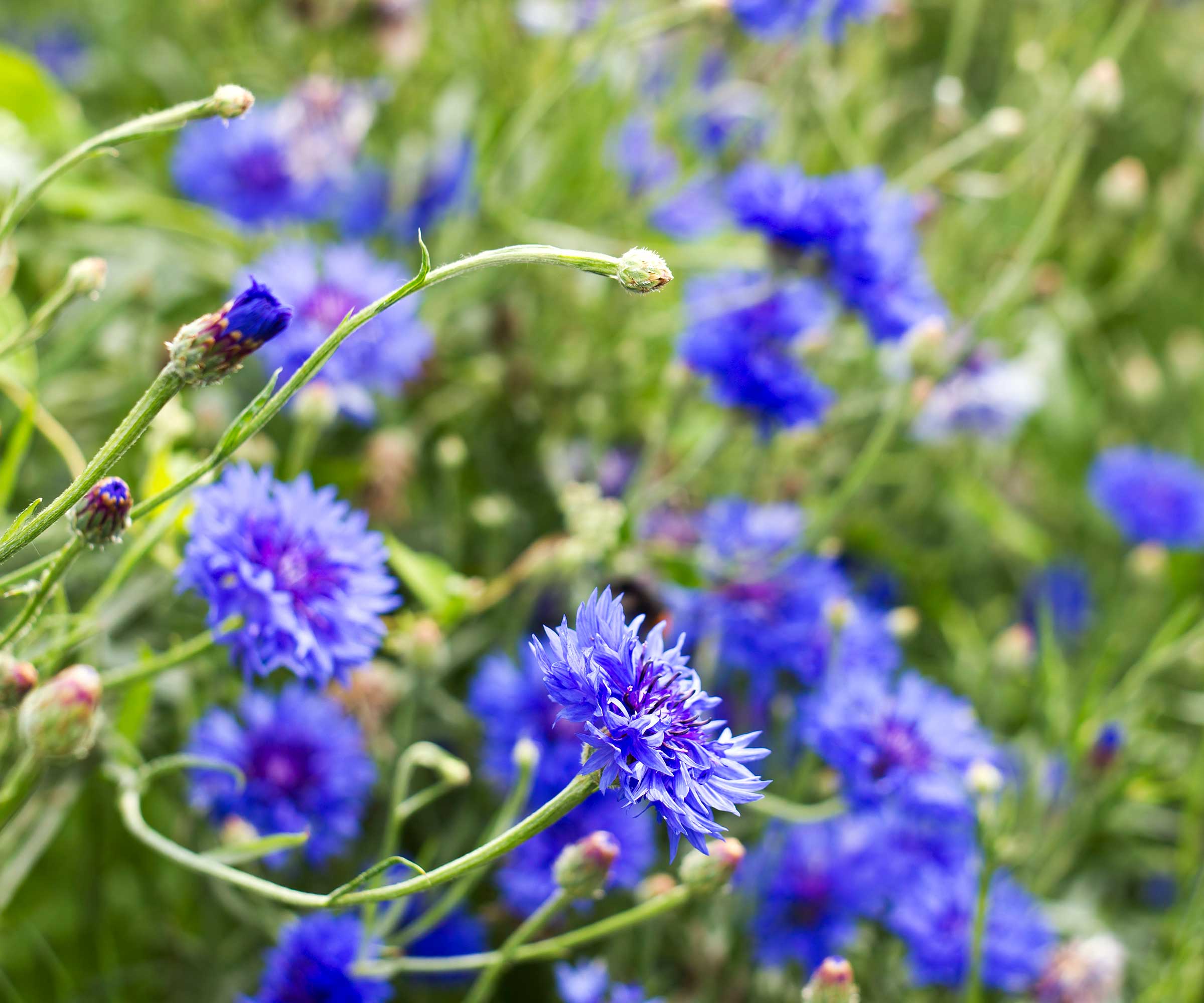
Bachelor buttons, or cornflowers as you may also know these delicate flowers, are popular plants for wildflower gardens and cottage gardens - though they can be suitable for a wide range of backyard ideas. The cheery annual plants produce ruffled flowers on thin stems. While cornflowers are best known for blue flowers, some varieties come in pink, white, and dark red.
It is common to sow seeds outdoors once the soil has warmed up, but you can sow bachelor buttons indoors in February to get ahead and have earlier blooms. Sow the seeds on the surface of modules or pots filled with seed compost and give them only a light covering. The seeds will germinate within two weeks at temperatures of 60-70°F.
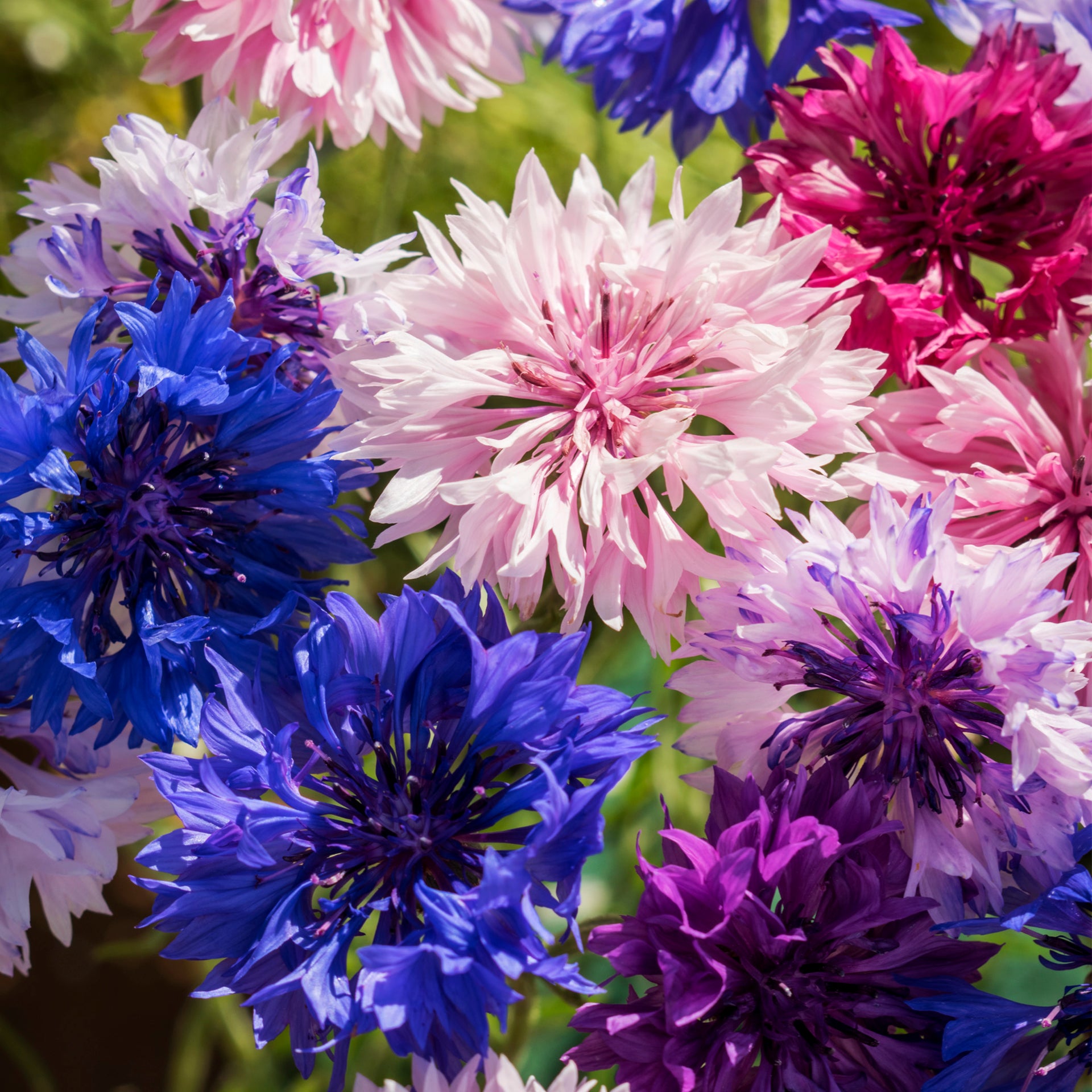
A mix that produces blossoms larger than common Bachelor Buttons and in shades of blue, pink, ruby red, and white.
Sweet Peas

There are thousands of sweet pea varieties to grow for beautiful, fragrant blooms and you can plant sweet peas in the fall or spring. However, if you are looking for an ideal window to start growing sweet peas, then February is a great time to sow them indoors to have healthy plants ready to go out into the garden come spring.
It is advantageous to soak the seeds for 24 hours to soften their hard exterior and speed up the germination process. It is also recommended to use deep pots or root trainers, as plants quickly produce lots of roots and deep containers avoid the sweet pea seedling problem of these roots being restricted during the early stages.
Plant seeds a half-inch deep into the compost and place them in an unheated greenhouse, cold frame, or on a bright windowsill inside the home. Pinch out the central tip of seedlings when they are 4-6 inches tall to encourage bushy plants.
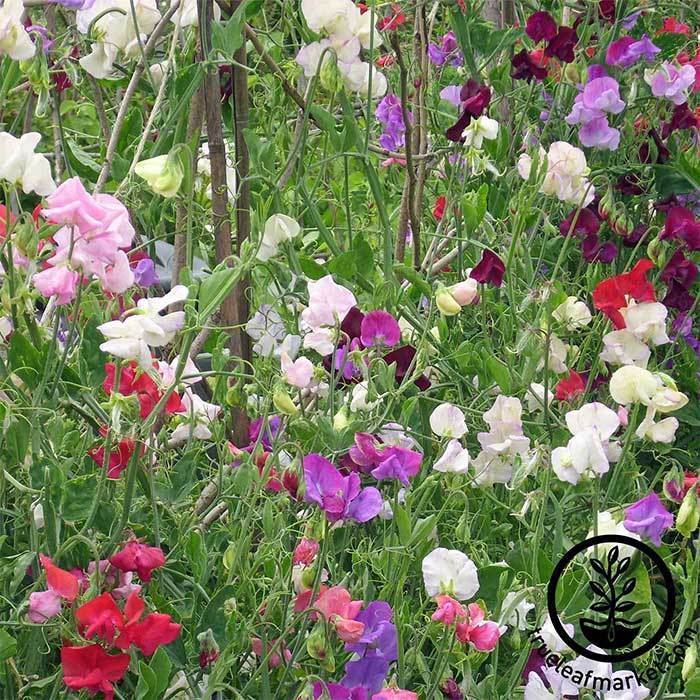
A lovely mix of sweet pea seeds provides a combination of lavender, scarlet, cream, pink, purple, red, and white blooms that are ideal for cut flowers.
FAQs
Can I sow wildflower seeds in February?
Fall and spring are the best time to plant wildflower seeds. February would be too early to sow wildflower meadow seeds in cooler climates, where the spring sowing window is March to April. If you live in a warmer climate, where the soil warms in late February and there is no risk of frost, then it is possible to sow wildflower seeds.
If you are interested in a couple more options of flower seeds to plant in February, then silene, marigolds, and lobelia are suited to early sowings. The choices for sowing seeds indoors are not restricted to flowers and there are vegetables to plant in February in a greenhouse or on a bright windowsill. That includes sowing the seeds of heat-loving crops like tomatoes and cucumbers into pots this month.
Sign up to the Homes & Gardens newsletter
Design expertise in your inbox – from inspiring decorating ideas and beautiful celebrity homes to practical gardening advice and shopping round-ups.

Drew’s passion for gardening started with growing vegetables and salad in raised beds in a small urban terrace garden. He has worked as a professional gardener in historic gardens and specialises in growing vegetables, fruit, herbs, and cut flowers as a kitchen gardener. That passion for growing extends to being an allotmenteer, garden blogger, and producing how-to gardening guides for websites. Drew was shortlisted for the New Talent of the Year award at the 2023 Garden Media Guild Awards.
You must confirm your public display name before commenting
Please logout and then login again, you will then be prompted to enter your display name.
-
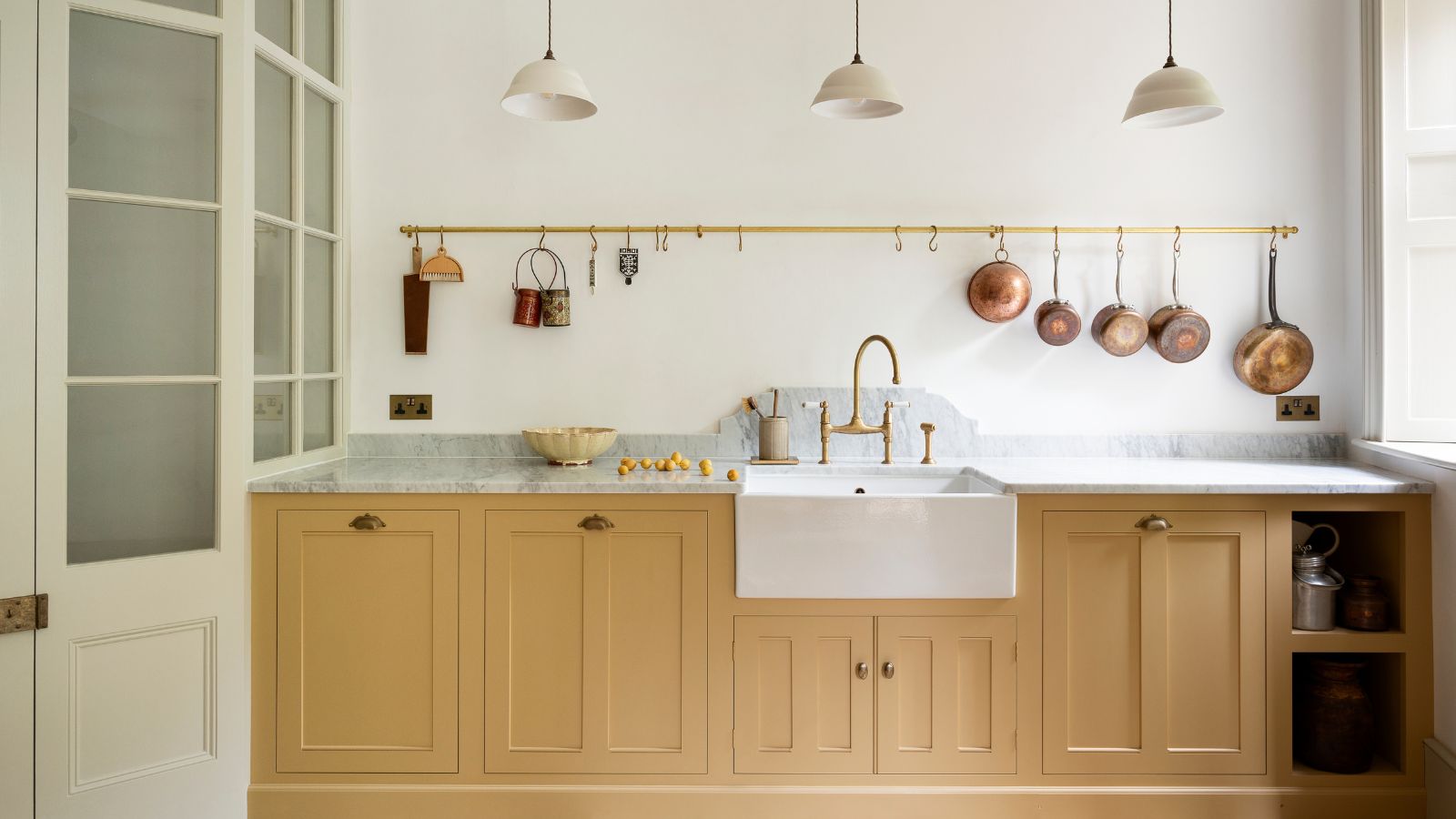 What colors go best with butter yellow? 8 equally delicious shades to pair with spring's hottest color trend
What colors go best with butter yellow? 8 equally delicious shades to pair with spring's hottest color trendInspired to elevate your home this spring with chic pale yellows? Here are the best colors to complete your scheme
By Emily Moorman
-
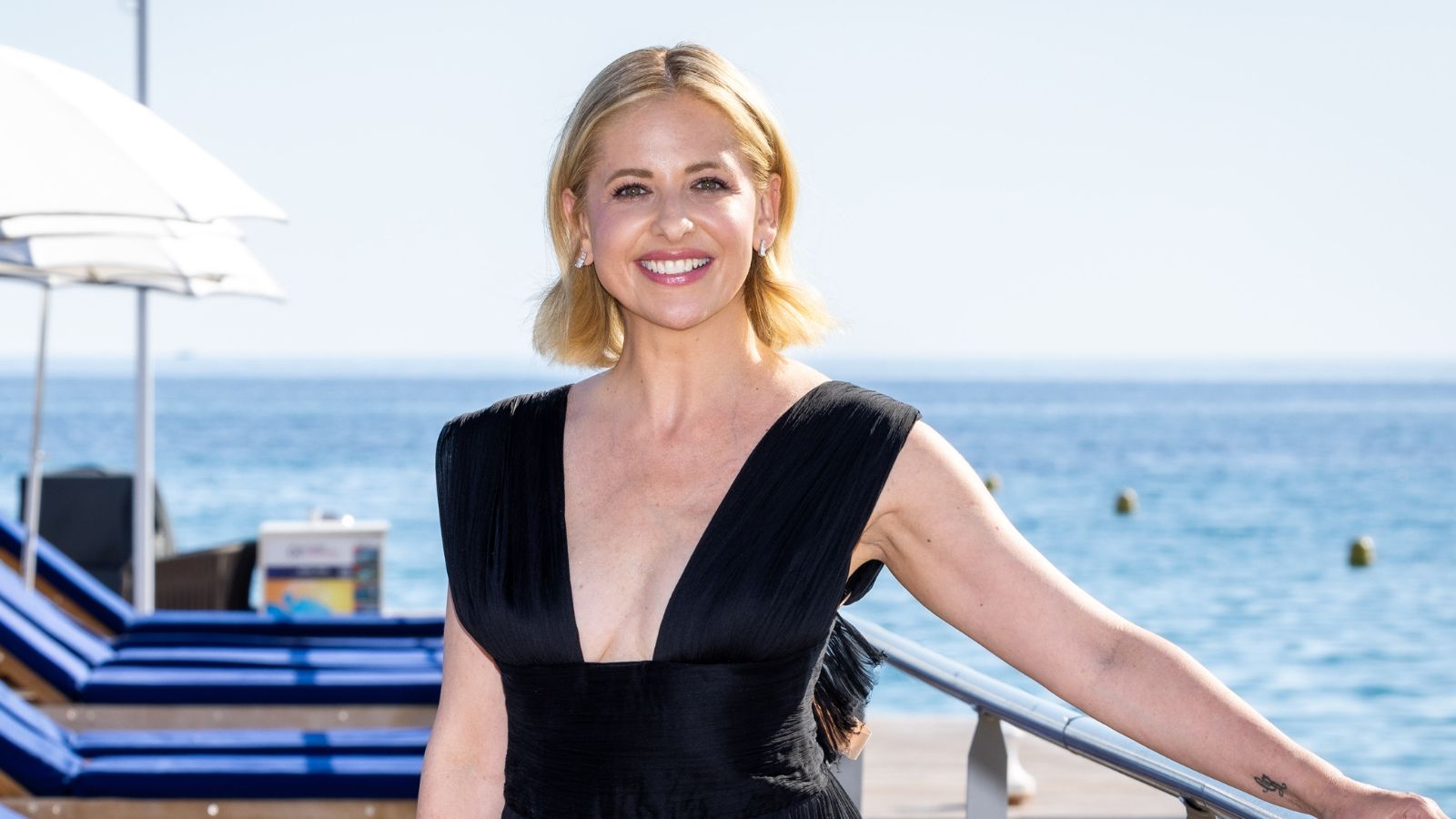 Sarah Michelle Gellar's entryway is tranquil and elegant thanks to white and wood accents – her neutral style is replicable from $33
Sarah Michelle Gellar's entryway is tranquil and elegant thanks to white and wood accents – her neutral style is replicable from $33The actress's entryway features a wood console table, wood floors, and crisp, white paint for a warm and inviting atmosphere
By Hannah Ziegler
-
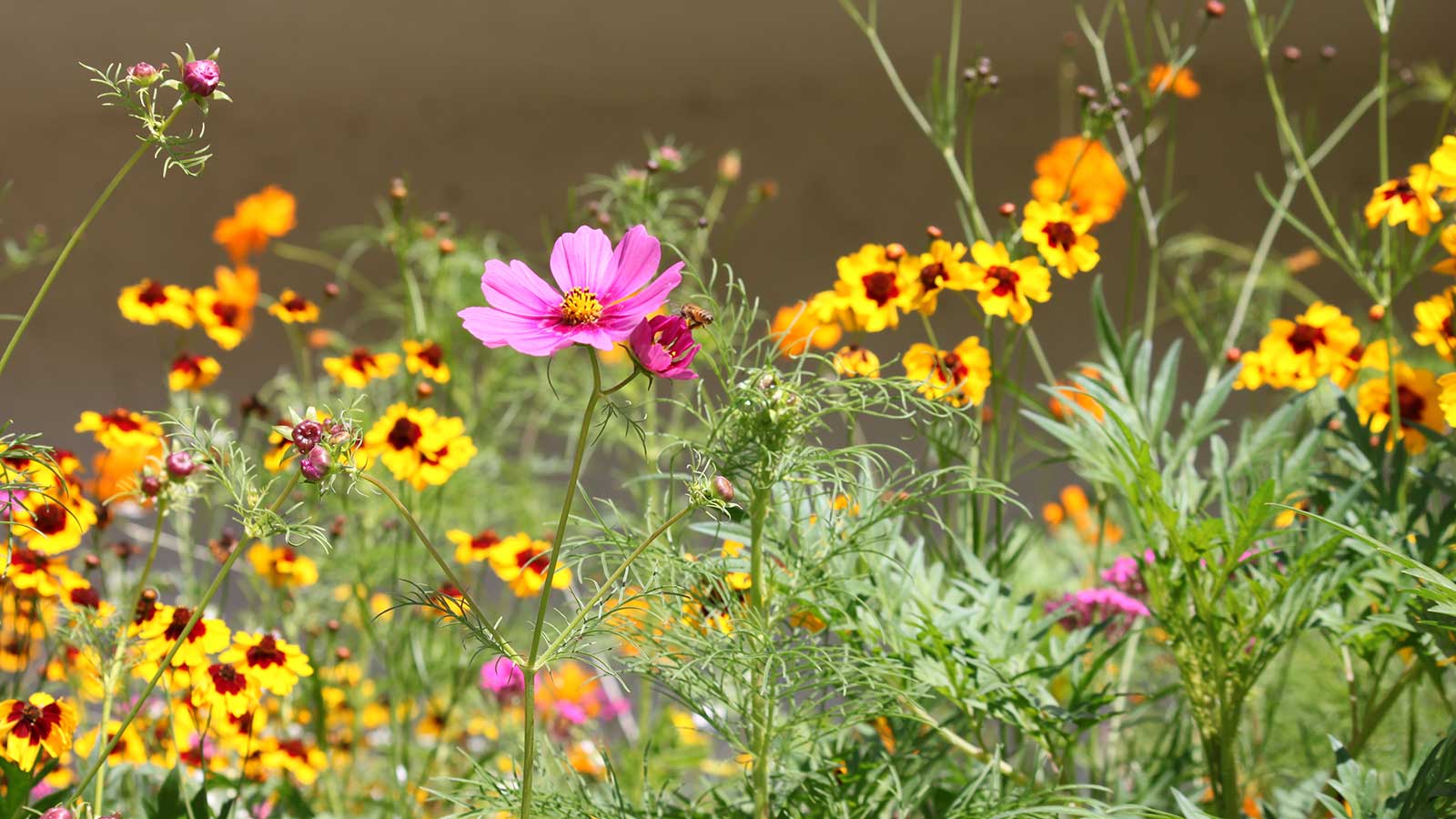 How to design a mini meadow in pots – and welcome birds, bees and butterflies to your urban wildlife garden this summer
How to design a mini meadow in pots – and welcome birds, bees and butterflies to your urban wildlife garden this summerExperts share advice on species recommendations, soil, and types of containers to use for meadow planting
By Holly Crossley
-
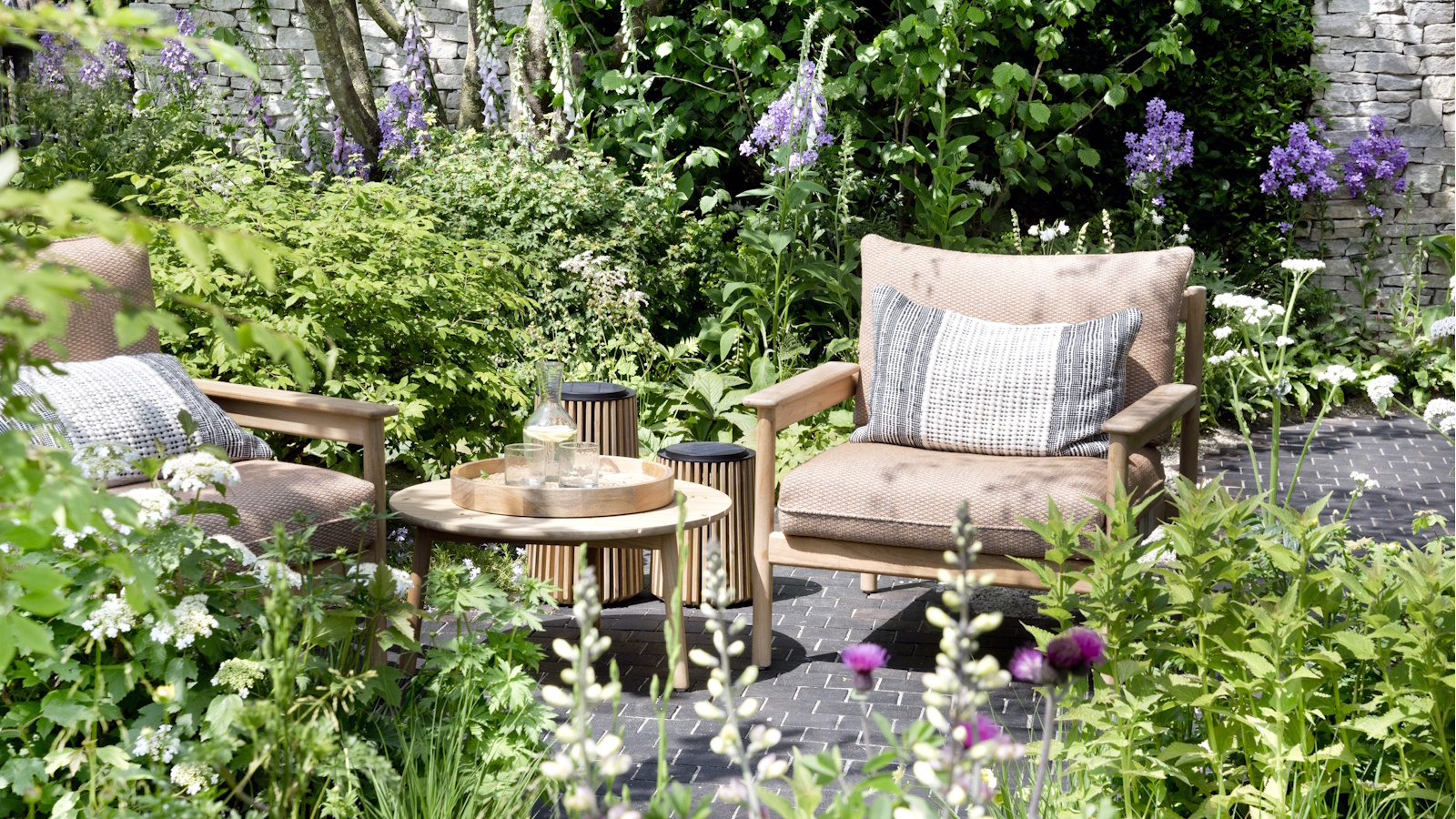 This $20 pop-up greenhouse from ALDI is perfect for small yards – it will turbocharge your tomato harvests this summer
This $20 pop-up greenhouse from ALDI is perfect for small yards – it will turbocharge your tomato harvests this summerEasy to use and compact to store, pop-up greenhouses are ideal for patio or balcony gardeners
By Thomas Rutter
-
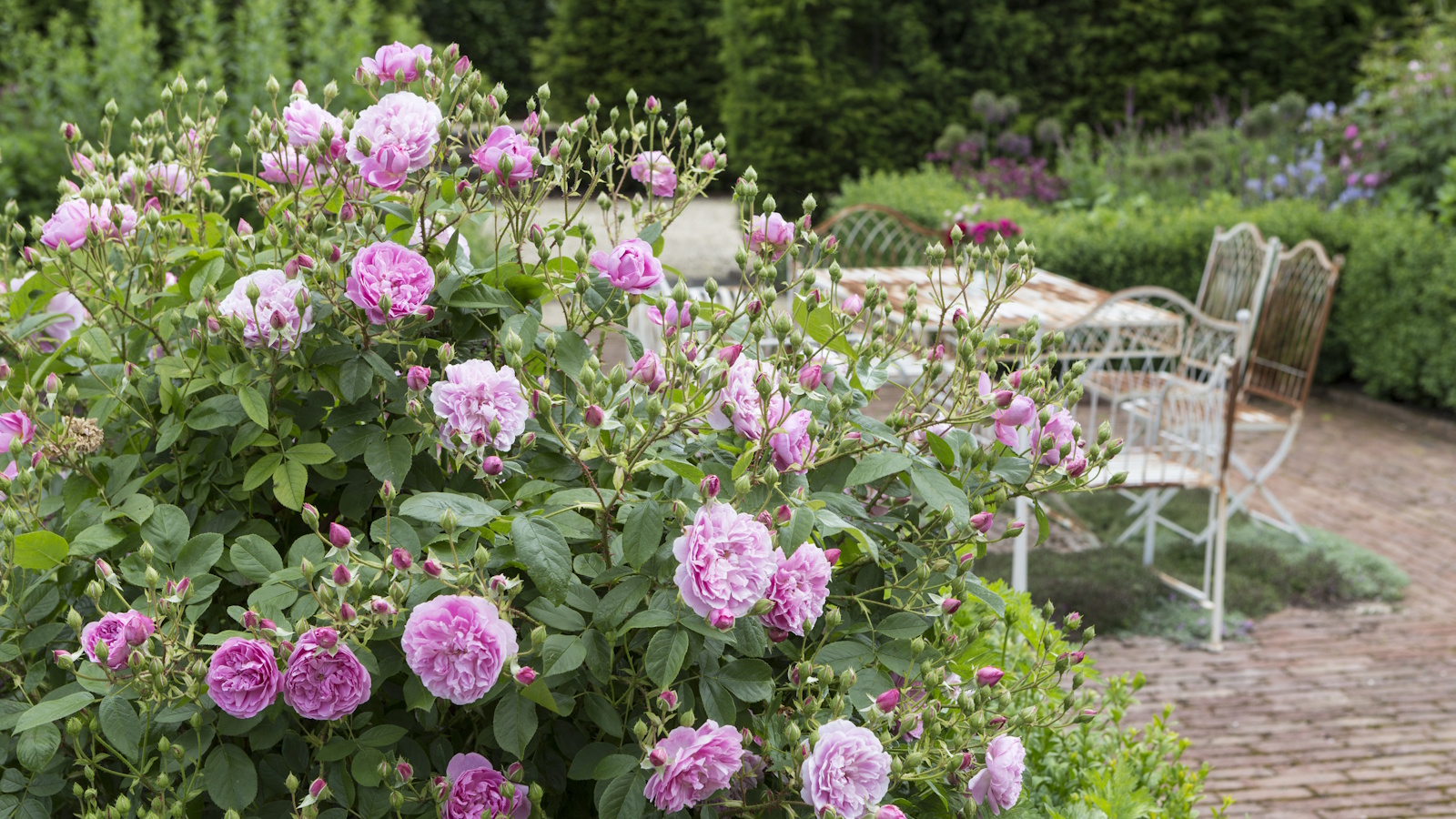 How to weed a garden quickly – professional gardeners reveal the five-minute weeding jobs to do now and get your yard summer-ready
How to weed a garden quickly – professional gardeners reveal the five-minute weeding jobs to do now and get your yard summer-readyShort on time? These time-efficient tasks will keep on top of problem plants
By Thomas Rutter
-
 Small yard but want to grow your own crops? This wooden cold frame is 40% off at Wayfair – and it's perfect for tiny patios and apartments
Small yard but want to grow your own crops? This wooden cold frame is 40% off at Wayfair – and it's perfect for tiny patios and apartmentsCold frames are a sensible investment for any gardeners struggling for space on balconies, backyards or patios
By Thomas Rutter
-
 7 native perennials to plant in April – for glorious flowering displays to attract bees, butterflies, and hummingbirds
7 native perennials to plant in April – for glorious flowering displays to attract bees, butterflies, and hummingbirdsDiscover some of the best perennials to plant in April to make your garden a hotspot for wildlife
By Drew Swainston
-
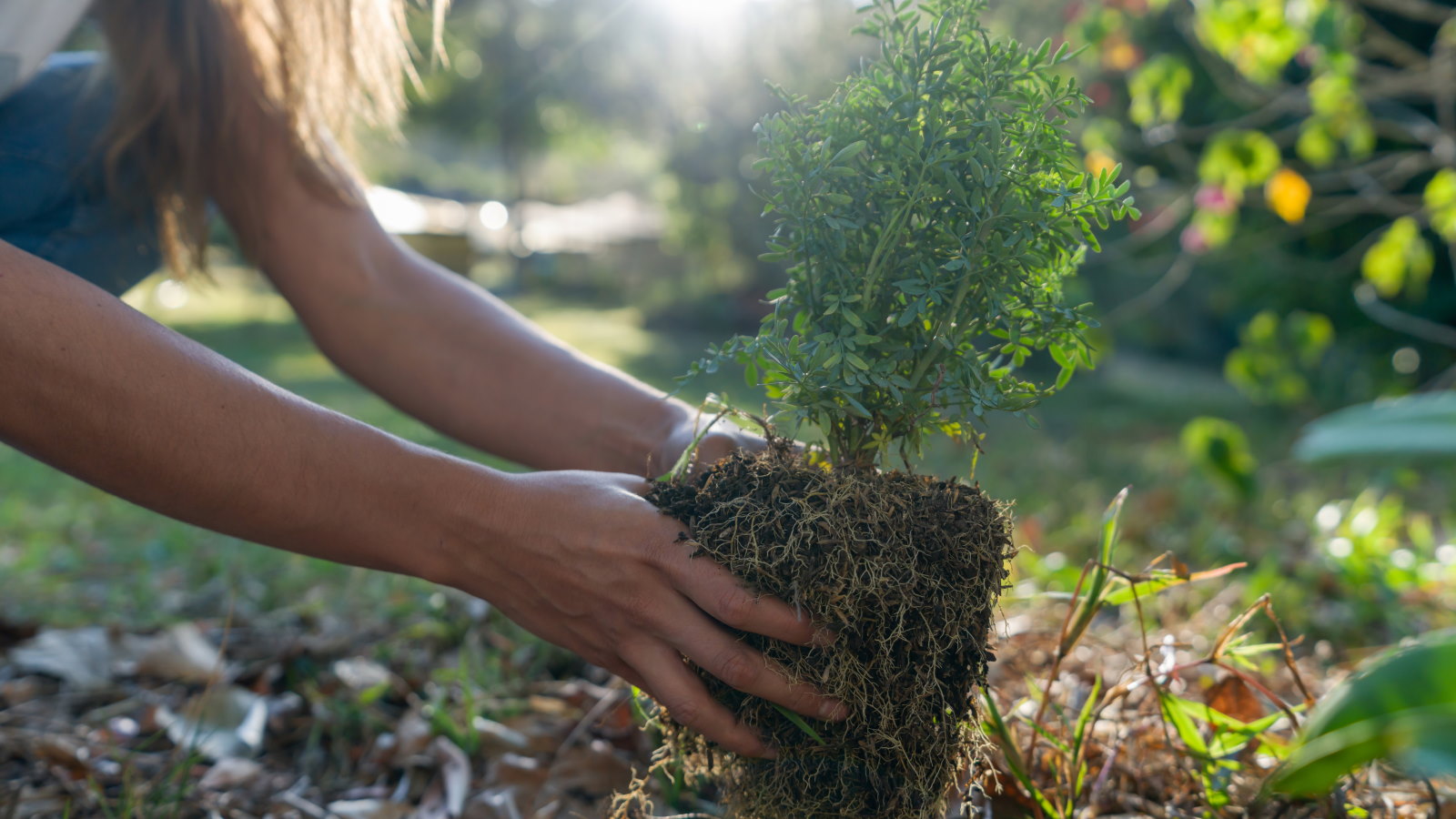 7 shrubs to plant in April to transform beds and borders – including native plants and bushes suitable for dry or wet spots
7 shrubs to plant in April to transform beds and borders – including native plants and bushes suitable for dry or wet spotsThese shrubs can bring flowers, texture, and fragrance, as well as attracting beneficial insects and birds
By Drew Swainston
-
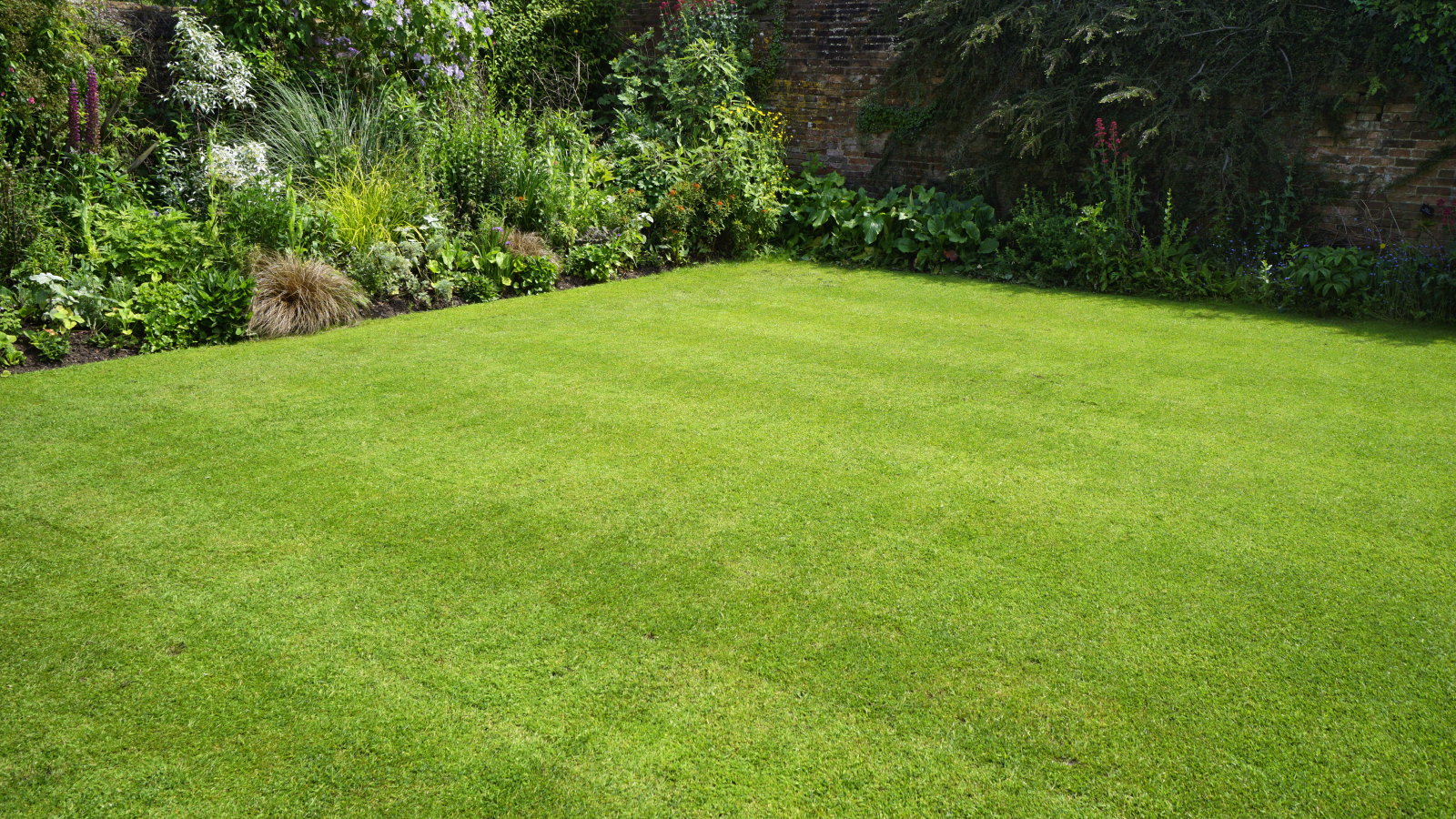 I'm a lawn care expert, and always do these 7 jobs in April to ensure thick, green grass all summer long
I'm a lawn care expert, and always do these 7 jobs in April to ensure thick, green grass all summer longTransform your lawn with these simple yet highly effective April lawn care tasks
By Drew Swainston
-
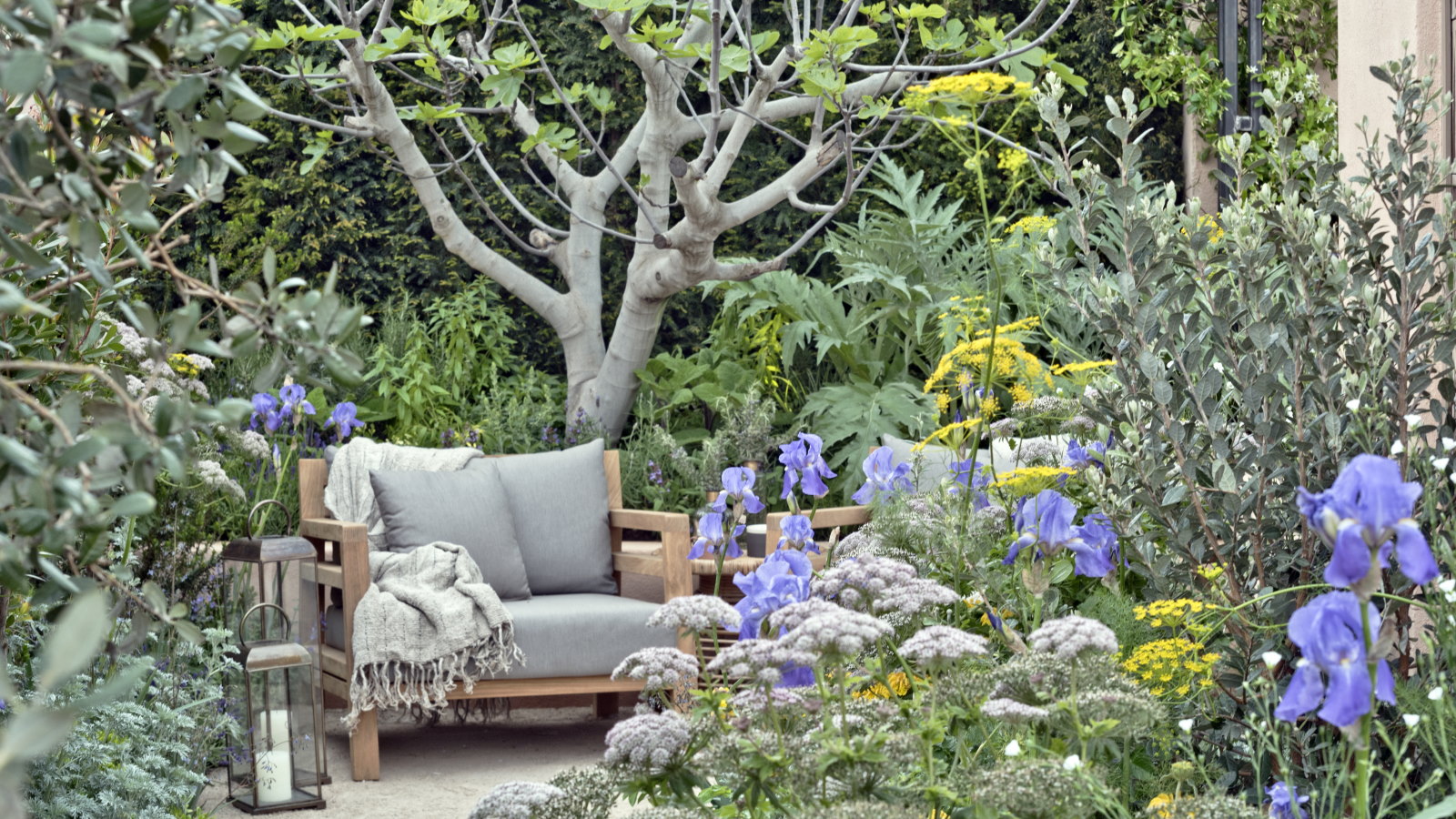 Horticulturists urge you to prune these 7 plants in April – for healthy growth and better-than-ever flowering displays
Horticulturists urge you to prune these 7 plants in April – for healthy growth and better-than-ever flowering displaysDiscover a key selection of plants to cut back this month, with expert pruning advice
By Drew Swainston